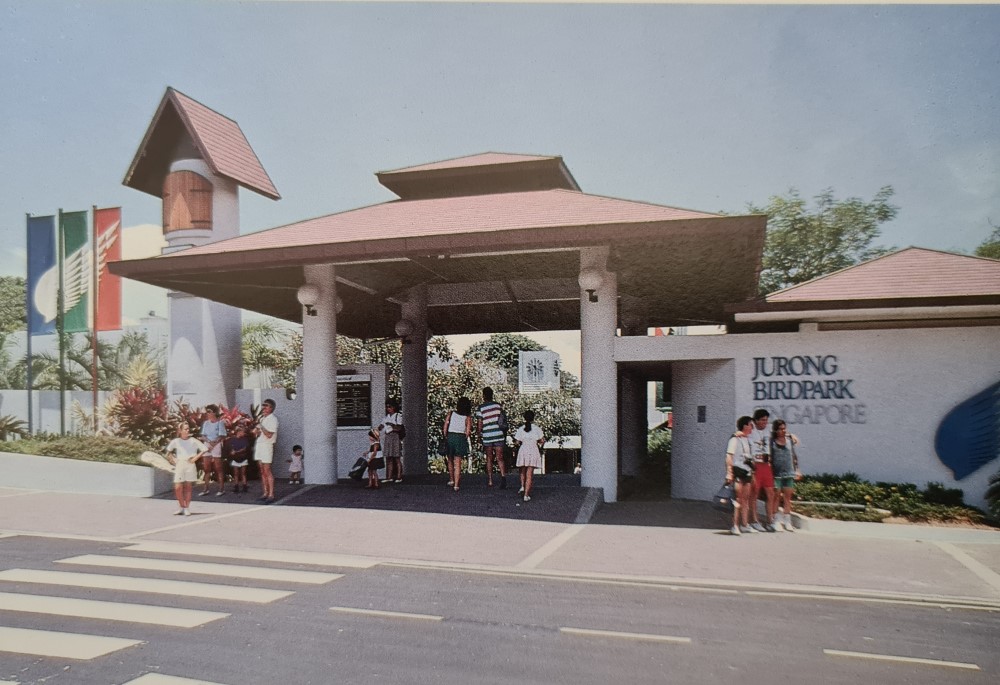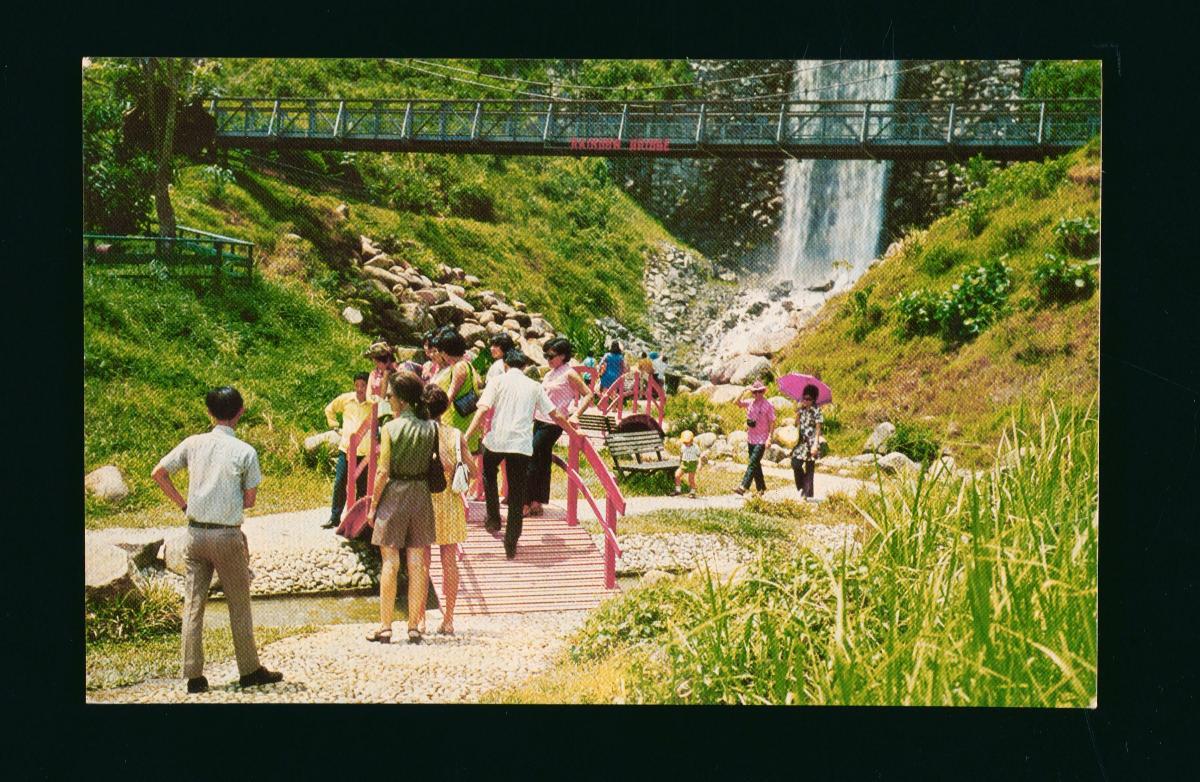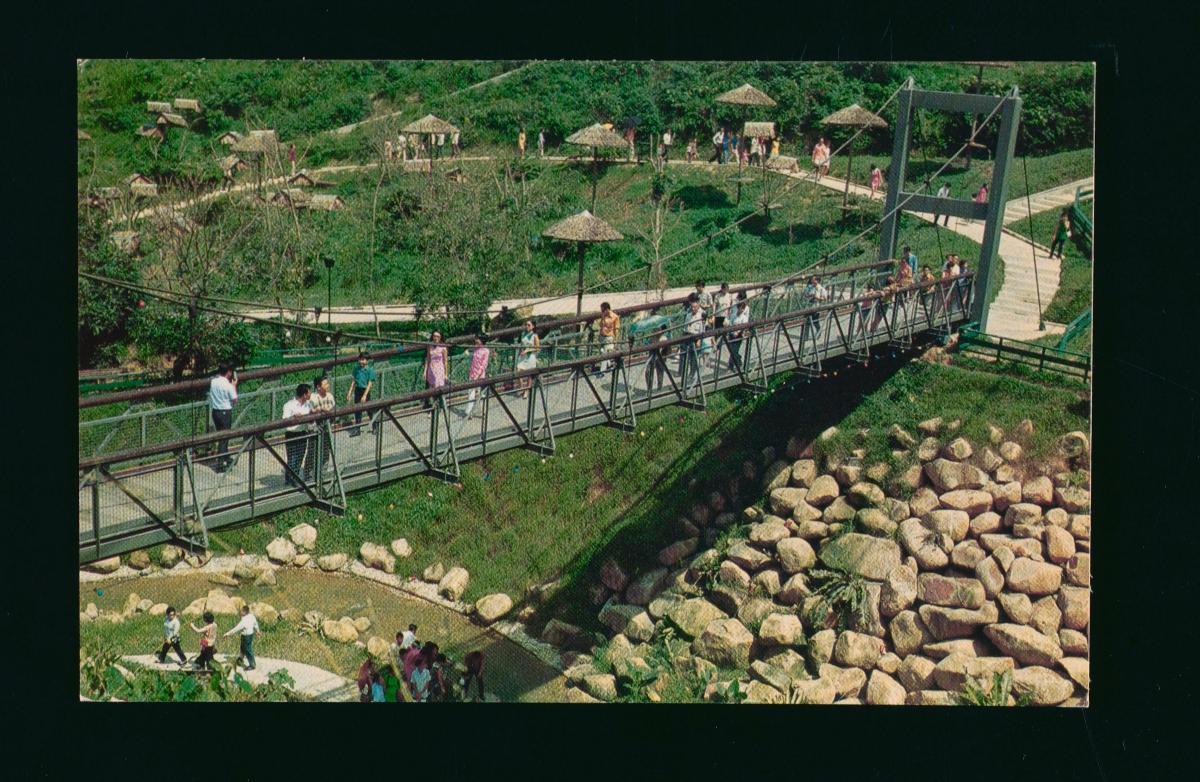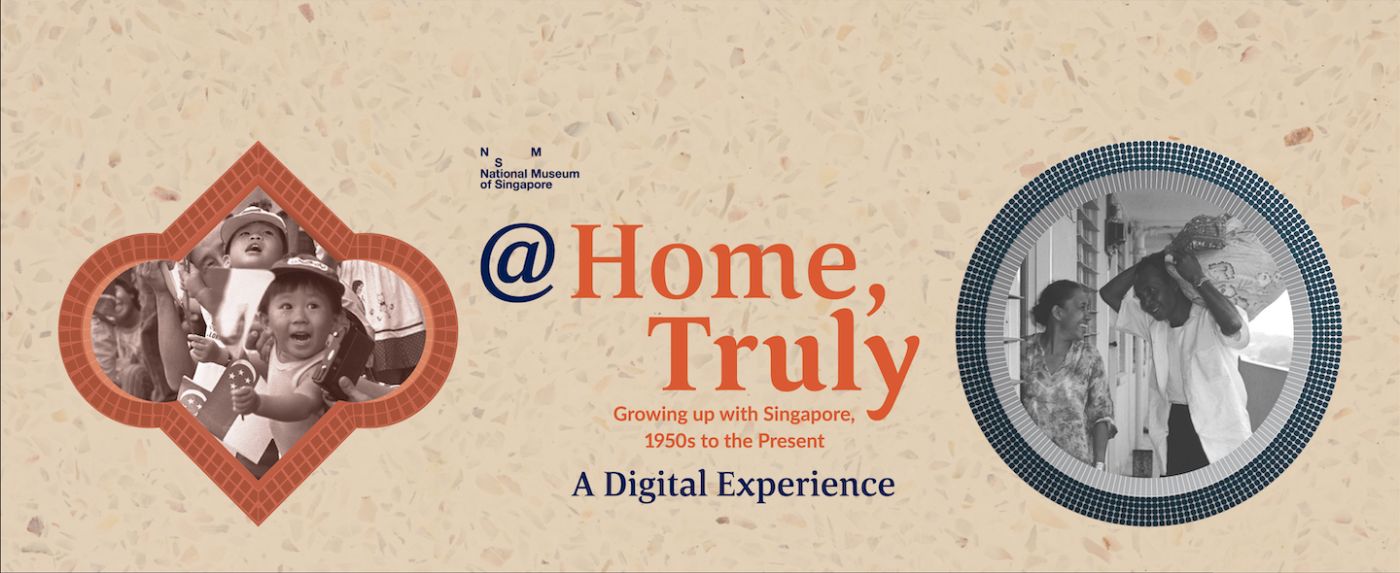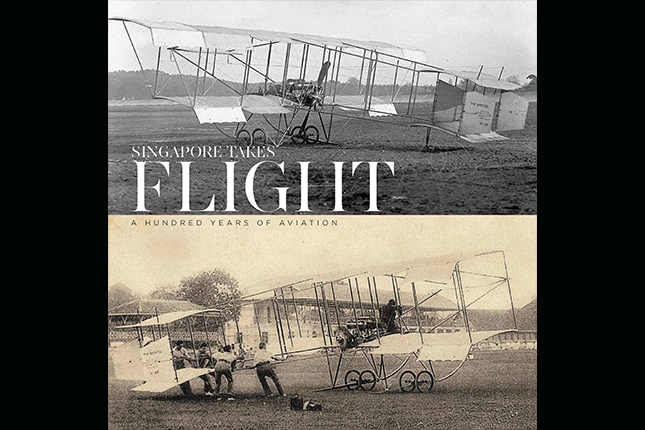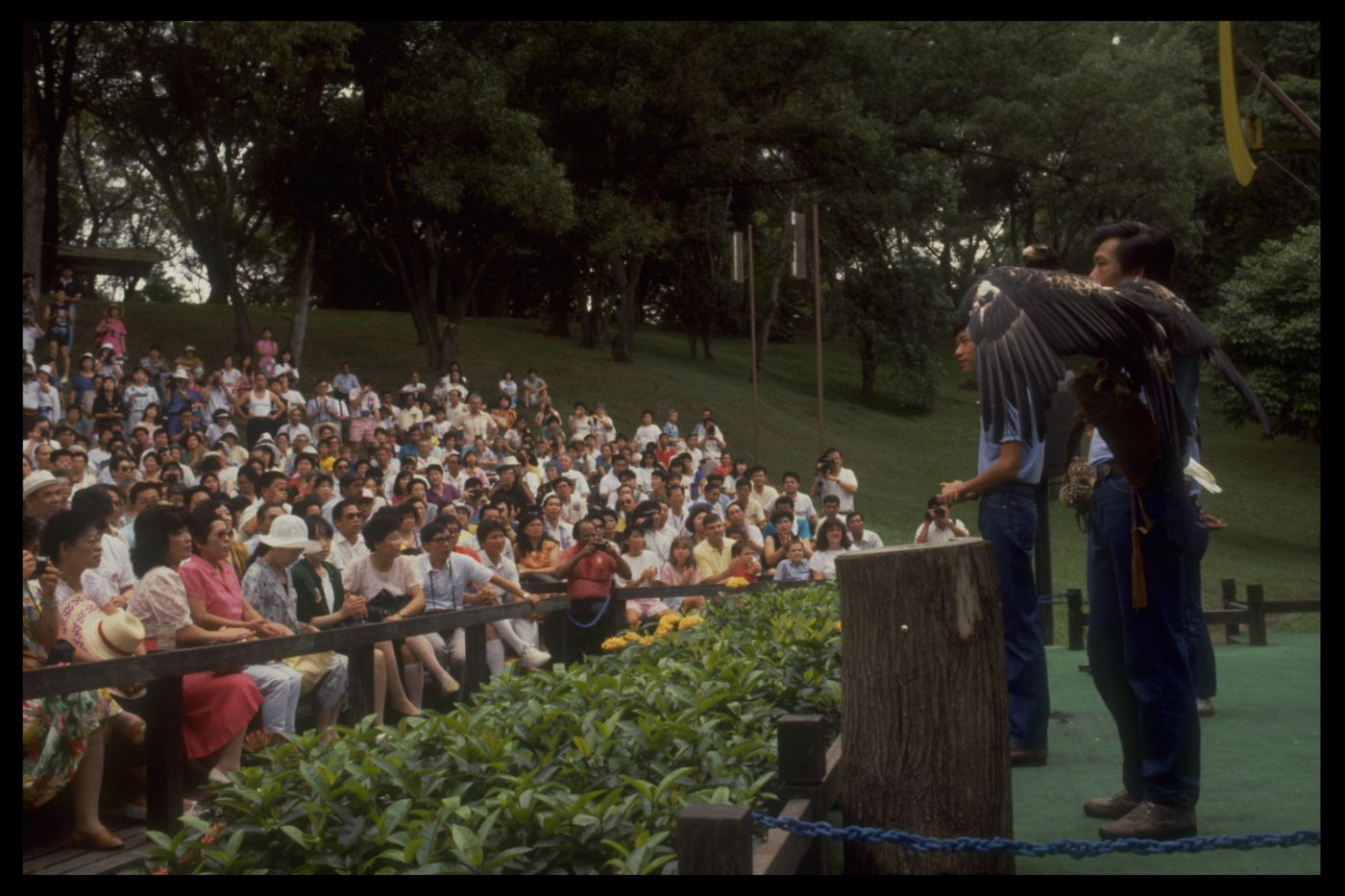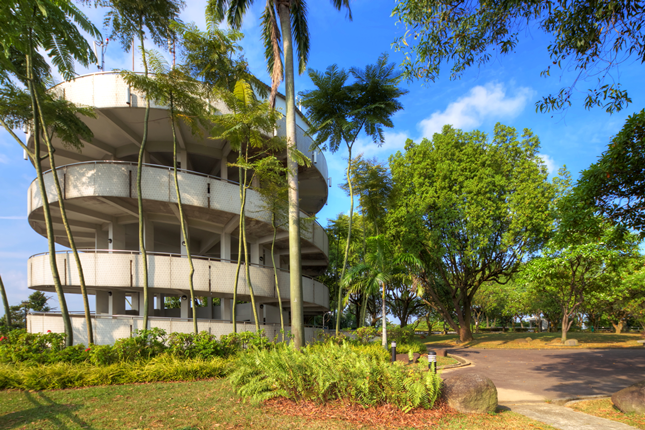TL;DR
Singapore's pioneering wildlife park has soared across half a century! In this time, Jurong Bird Park became Asia's largest bird park, connecting millions of people to the colourful and fascinating avian world. It actively participated in protecting avian species over the decades, and today contributes as a global conservation leader.
Text by Jurong Bird Park
Singapore’s pioneer wildlife park
Jurong Bird Park opened on 3 January 1971, it was considered to be Asia's largest bird park with more than 5,000 birds across 400 species. Built at a cost of S$3.5 million, the concept for Jurong Bird Park was conceived by the late Dr Goh Keng Swee in 1968 while he was in Rio De Janeiro attending a World Bank meeting. During this visit, he had visited a zoological garden and toured its impressive free flight aviary. At a time of rapid urbanisation in Singapore, he saw the bird park as an opportunity for Singaporeans to connect with nature. It was also famously reported that when asked why not build a zoo instead, Dr Goh said "Birdseeds costs less than meat".At the time of opening, the park included 78 display aviaries, an administration block, a transit and quarantine station, a nursery breeding area, as well as facilities such as a tram system, a restaurant, refreshment kiosks, footpaths, benches and shelters.
The Jurong Bird Park has played hosts to many visitors over the past five decades including several foreign dignitaries such as Queen Elizabeth II and Prince Philip, the Duke of Edinburgh, in 1972 when they visited Singapore as part of their Southeast Asian and Indian Ocean tour.
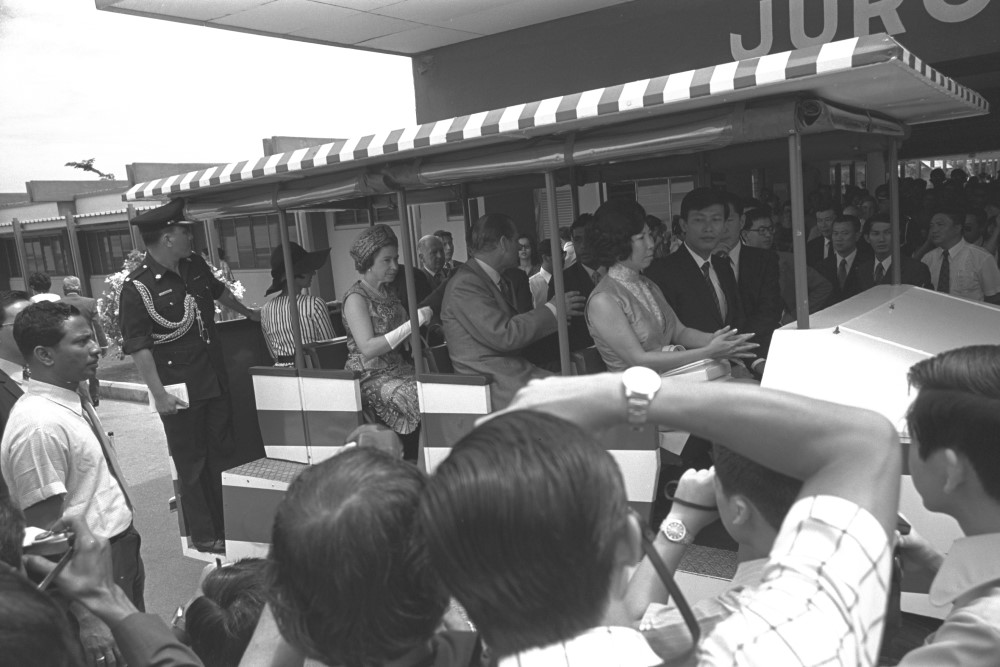
Amongst the key highlights of the Jurong Bird Park is the Waterfall Aviary which towers at a height of 35-metre (equivalent to 13 storeys). Known originally as Jurong Falls Aviary when the park opened, was introduced as an answer to the problem of what to do with the steep, hilly valley of the park grounds. The aviary would be enhanced by a waterfall that would create varying habitats within the valley for a variety of bird species. The result was an experience where free flying birds lived and one that thrilled millions of visitors. It also houses one of the world's highest man-made, indoor waterfalls. Standing at 30-metre-tall, water plunge over the top of a towering cliff at a rate of 140 litres per second. The water is then recirculated through a meandering stream that cascades down over a series of levels, creating an ideal environment for the hundreds of free-flying birds and thousands of plants.
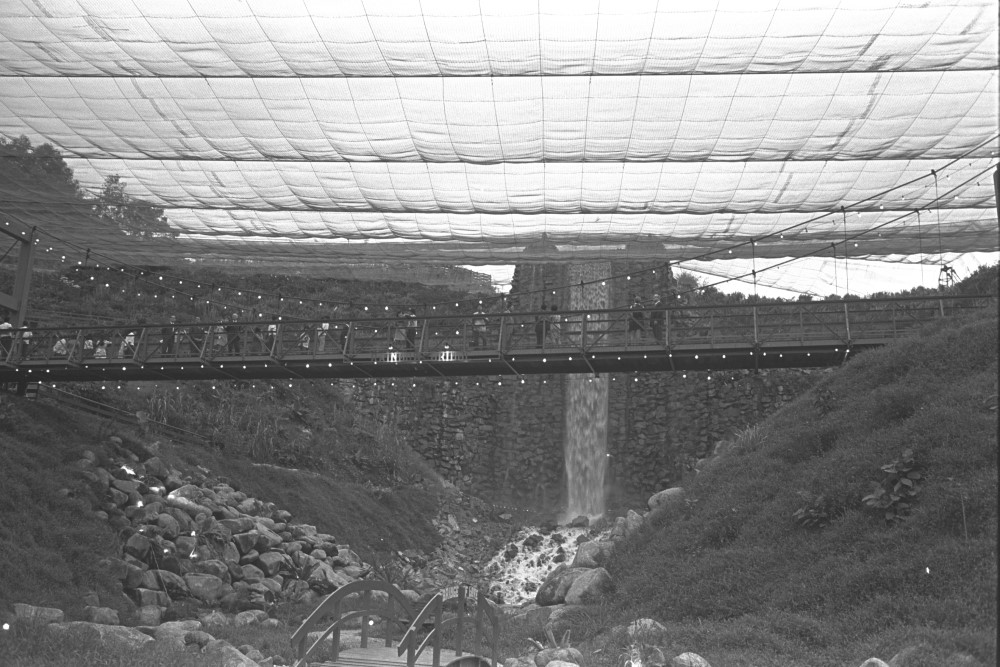
The Jurong Bird Park reopened Jurong Falls Aviary as Waterfall Aviary in 1993 after a revamp as part of a Master Plan to upgrade itself for the changing times, as well as improve the living conditions of the birds and giving visitors a more complete experience of the park.
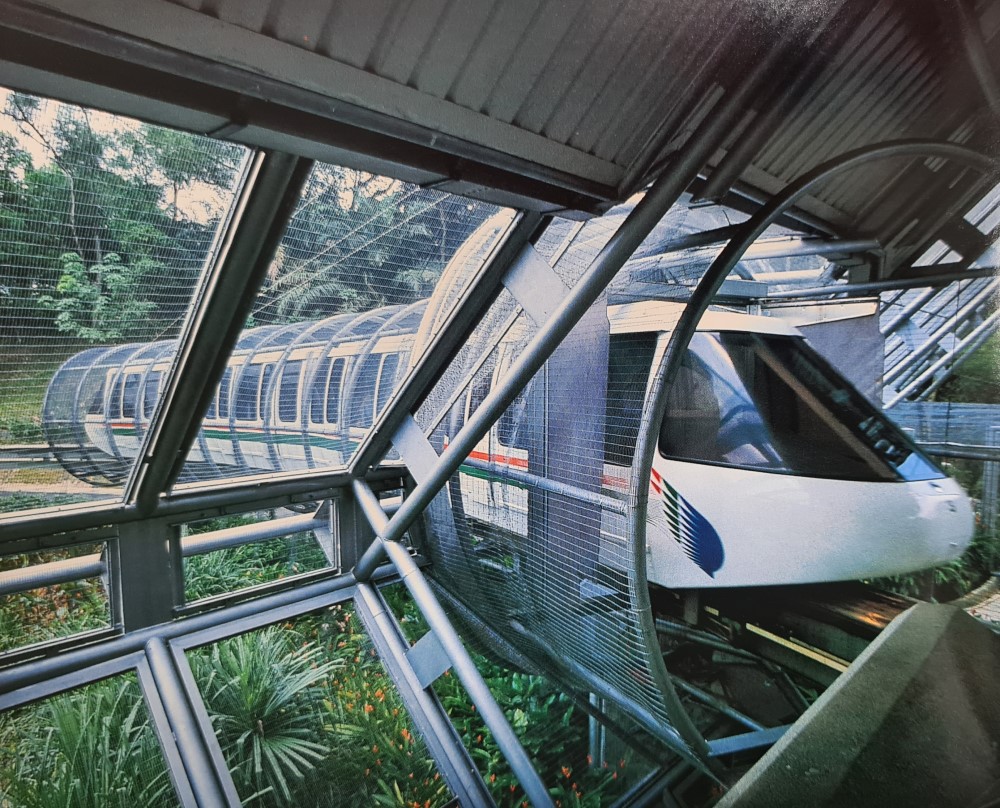
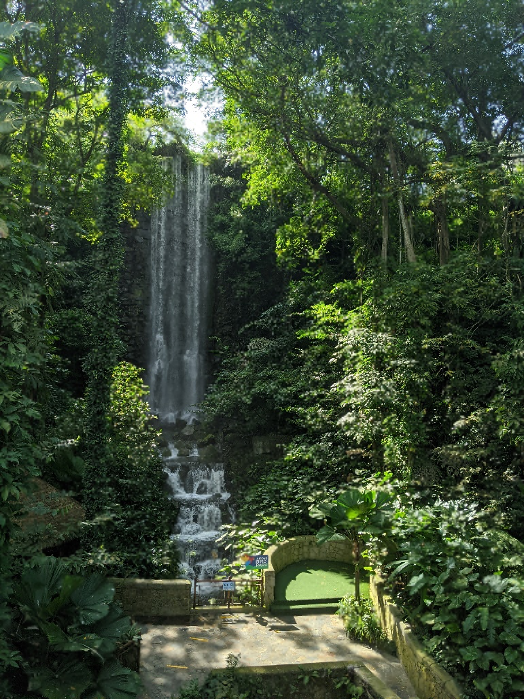
As the predecessor to the current Pools Amphitheatre, the old Citizen’s amphitheatre which opened in 1988 catered to a capacity of only 800 pax, and was reportedly overflowed with audience during the animal presentations. On 5 Jan 1992, it made way for the existing Pools Amphitheatre which featured the new JBP All Stars Bird Show, with an increased capacity of 2,000 pax. At the time of completion, the amphitheatre had the largest canopy in the world.
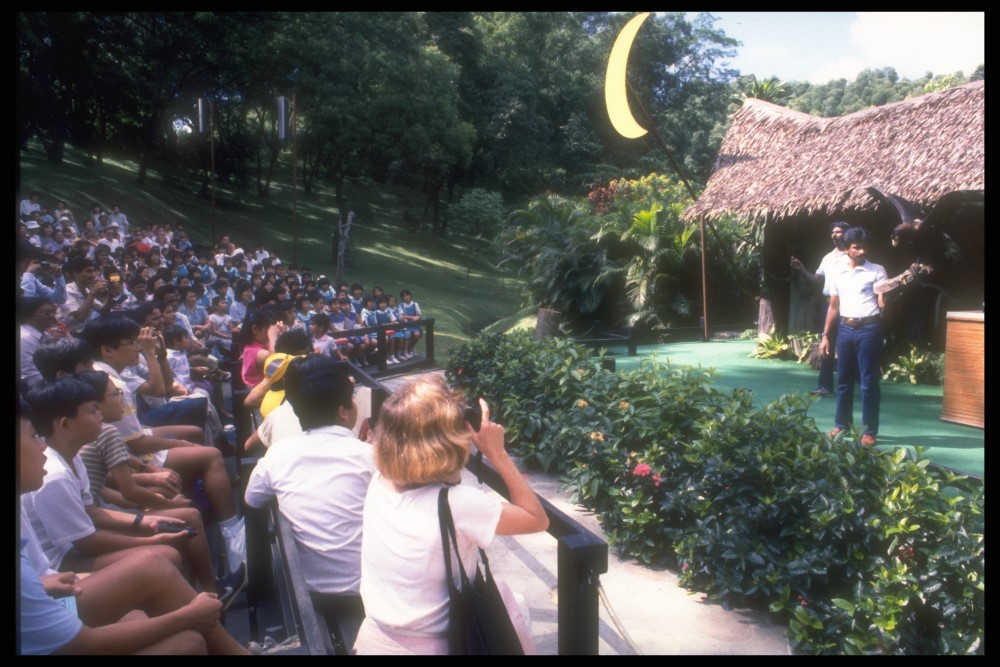
In 1972, the penguin exhibit was called Penguin Pool and a crowd favourite. It then made way for a new exhibit – Penguin Parade in the 1980s that gave visitors a view of the penguins above and under water. The exhibit underwent a major upgrade in 2010 to become the current exhibit today, the Penguin Coast. During that time, an outdoor exhibit was also built specially for the African penguins. where they are free to go for a swim by the pool under the sun or retreat to their air-conditioned den. Found only on the south-western coast of Africa, the African penguins are perfectly adaptable to cool or warm temperatures.
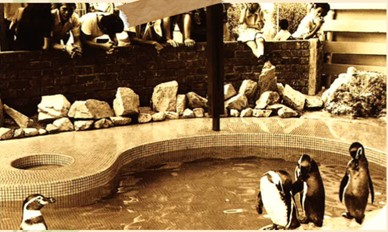
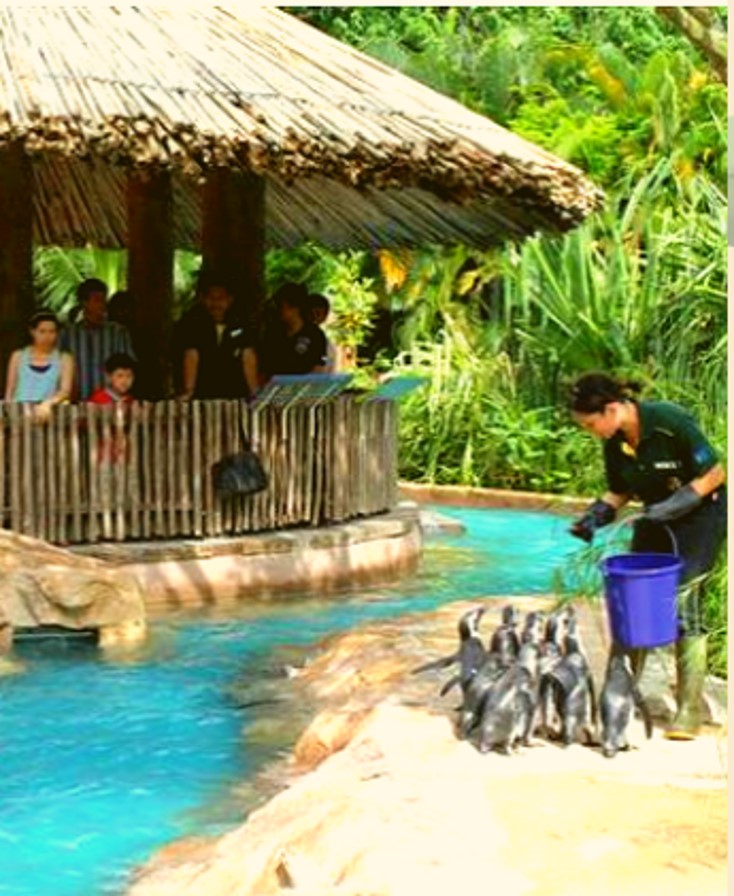
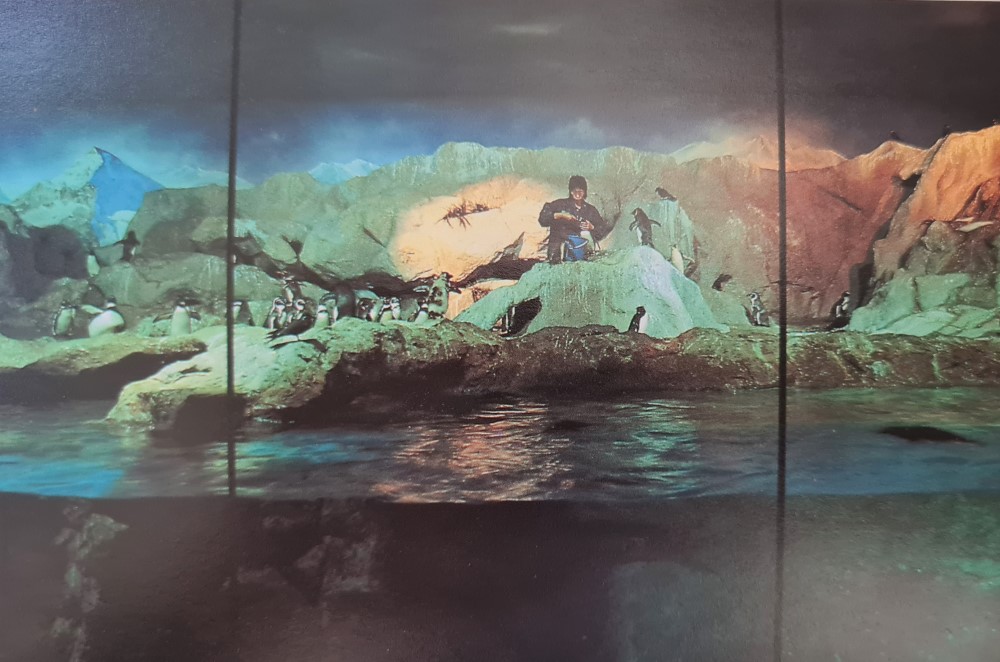
Nurturing future generations of avian advocates
Since its early days, the Jurong Bird Park sought to nurture an increased appreciation, interest, and knowledge of birds in school children and teachers through various educational activities and programmes. These include audio visual presentations, bird talks, and slide shows conducted at both bird park as well as school assemblies. The setting up of the falconry museum at the Fuji Hawk Centre all contribute to further knowledge enhancements.


Breeding and Research
Over the decades, avian care research and conservation at the park have grown from strength to strength. A Breeding and Research Centre was established in 1988 to strengthen the park’s on-going efforts in the breeding and management of birds under human care, especially rare and endangered species, as well as develop research into areas such as nutrition, parasitology and environment physiology. In the same year in August, a Memorandum of Understanding was also signed between Jurong Bird Park and National University Singapore to establish a joint Avian Research Programme. The accord was arrived in the hope that it would enhance the park’s breeding record further and highlight the significance of both the Bird Park and the NUS as centres for contribution of ornithological knowledge in Southeast Asia and the world.
The Breeding and Research Centre was subsequently opened to the public in 2012 to give visitors a behind-the-scenes look into how the avian care team take on the role of foster parents to care for chicks that need to be hand-raised or eggs that need to be hatched under the watchful eye of the avian caretakers to maximise their chances of survival.
Many threatened species bred in the park since include several world-first breeding accolades for species such as the Great Hornbill, Black Hornbill, Twelve-wired Bird-of-paradise and Santa Cruz Ground-dove.
Bonus Fun Fact!
Did you know – two of the park’s oldest residents have been here since it opened! The oldest bird is Rod the Egyptian vulture. It is estimated that he is about 60 years old as he was already an adult bird when Jurong Bird Park first opened in 1971.
The park’s second oldest bird, and oldest cockatoo is Big John. He was also an adult when the park first opened and served as the inspiration for the park’s first mascot in 1985. Big John captured many Singaporean hearts as star of animal presentations including the High Flyers presentation. He is now retired and makes public appearances on special occasions such as Jurong Bird Park’s 50th anniversary.
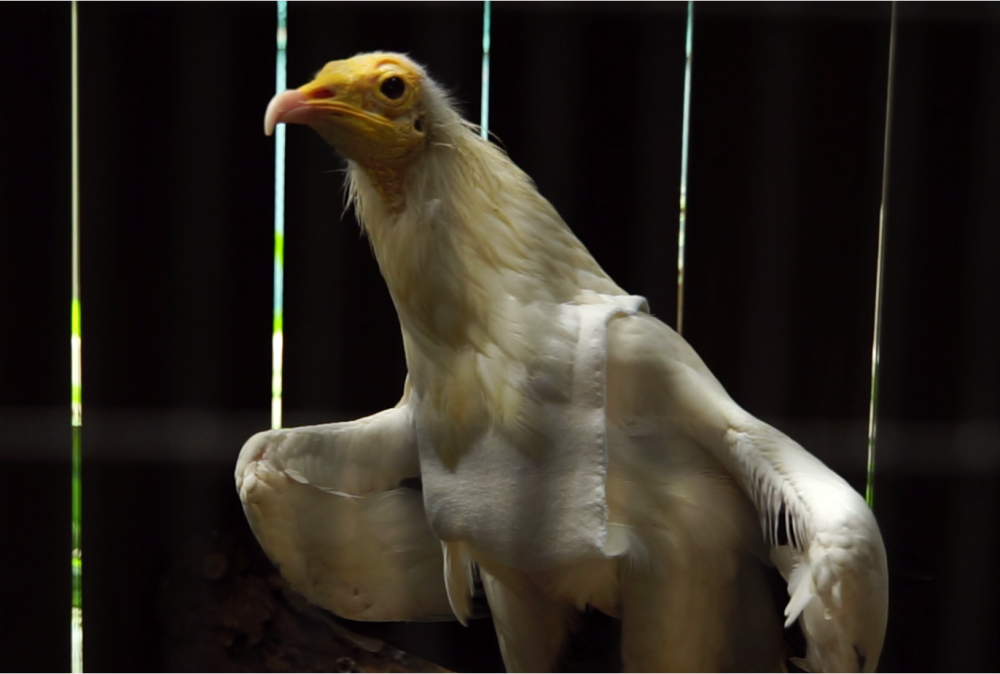
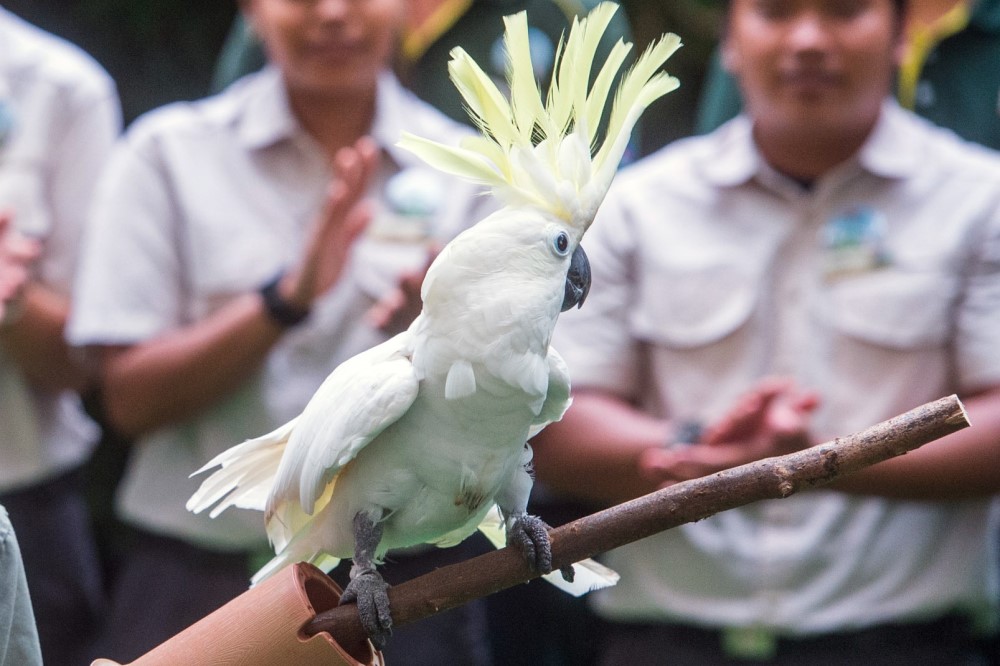
About Partner
Since it first opened in 1971, Jurong Bird Park has become Asia’s largest bird park. Famed for its large, immersive walk-in aviaries such as Lory Loft, African Treetops and Waterfall Aviary, the 20.2-hectare hillside haven is home to 3,500 birds across 400 species, of which 20 per cent are threatened.
Jurong Bird Park is part of Mandai Wildlife Group, the steward of Mandai Wildlife Reserve – a unique wildlife and nature destination in Singapore home to world-renowned wildlife parks which connect visitors to the fascinating world of wildlife.
This article was developed for Singapore Heritage Fest 2022




